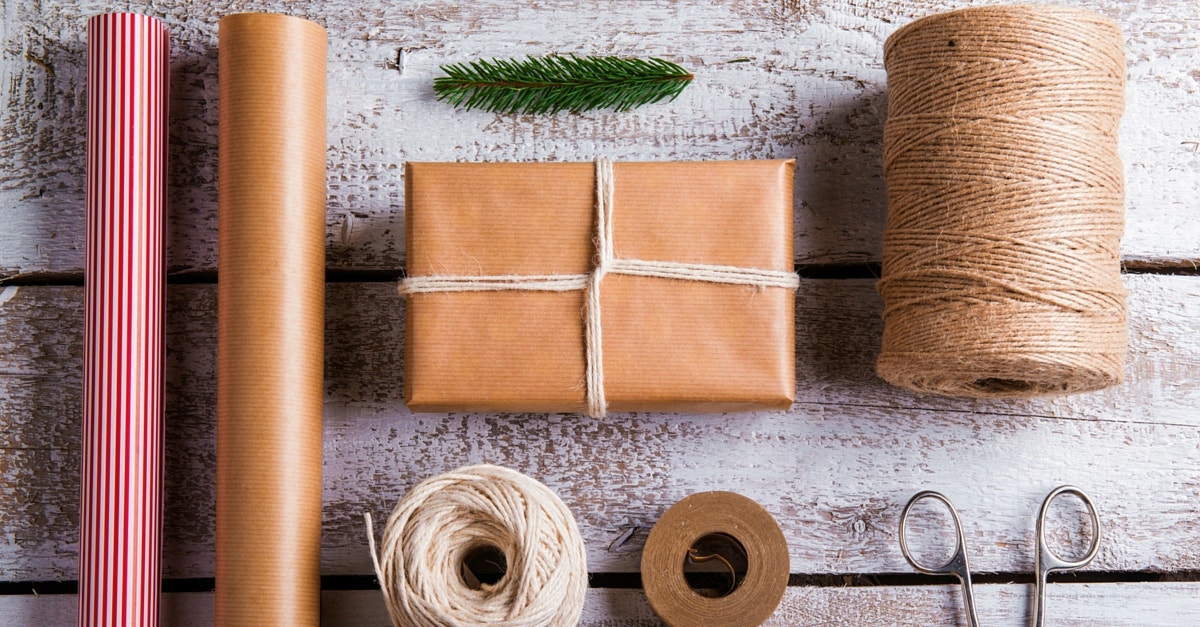3 Secrets for Safer, More Cost-Efficient Holiday Packaging
admin admin | Jan 17, 2019

Product packaging isn’t as simple as it seems, especially during the holidays. On the surface, people will think that protecting products from damage is as straightforward as it gets. That it’s just about getting packaging supplies from some supplier, boxing items up, wrapping them in protective wraps, strapping them securely and ensuring that they don’t get bumped and scuffed as they journey to their destinations.
However, they WILL (probably) get bumped, tumbled and scuffed especially in this busy season. What separates great product packaging from the others? The elements and other factors won’t cause permanent damage to the item with great product packaging. Here are a few of the best-kept secrets that can help prevent damaged items, costly packaging, product returns, and other repercussions this season.
Interior packaging is just as important as your exterior packaging.
Experienced warehouse managers and packaging engineers know that truly effective product packaging starts from within. Securing your product to avoid shifting during transport is just as important as protecting it from the elements, bumps and scratches. Some pointers on interior packaging:
-
Use void fillers to prevent unnecessary movement;
-
Brace your product’s strongest points in order to withstand bumps and falls;
-
Fragile parts of your product should have adequate space away from surface points in your packaging;
-
Invest in packing peanuts, air pillows and other high-quality interior products;
-
Try bag-in-box packaging and box-in-box shipping.
Reduce the size of your packaging.
The optimum size of effective product packaging ensures that the product inside is well protected without going overboard and taking up way too much space and resources. Reduce the size of your product packaging to:
-
Reduce shipping costs;
-
Improve pallet stackability;
-
Minimise interior packaging requirements; and
-
Avoid shifting of products.
Seal properly and add labels.
Prevent the accidental opening of your products by using secure strapping/sealing procedures and packaging supplies. Some tips when closing down products:
-
Do a quick shake test to check if products shift at the slightest motion;
-
Use shrink wrap on individual boxes to protect them from water, humidity, dust and other things;
-
Tightly wrap pallets with stretch wraps to unitise and secure them in position;
-
Use the H-taping method in sealing up boxes (the H-taping method secures all the openings of the boxes, making the top look like an H, with securely fastened tapes); and
-
Use water-activated tapes for more secure fastening.
Stock up on packaging supplies for the holiday season! Check out our online store for packaging and workplace supplies here.







